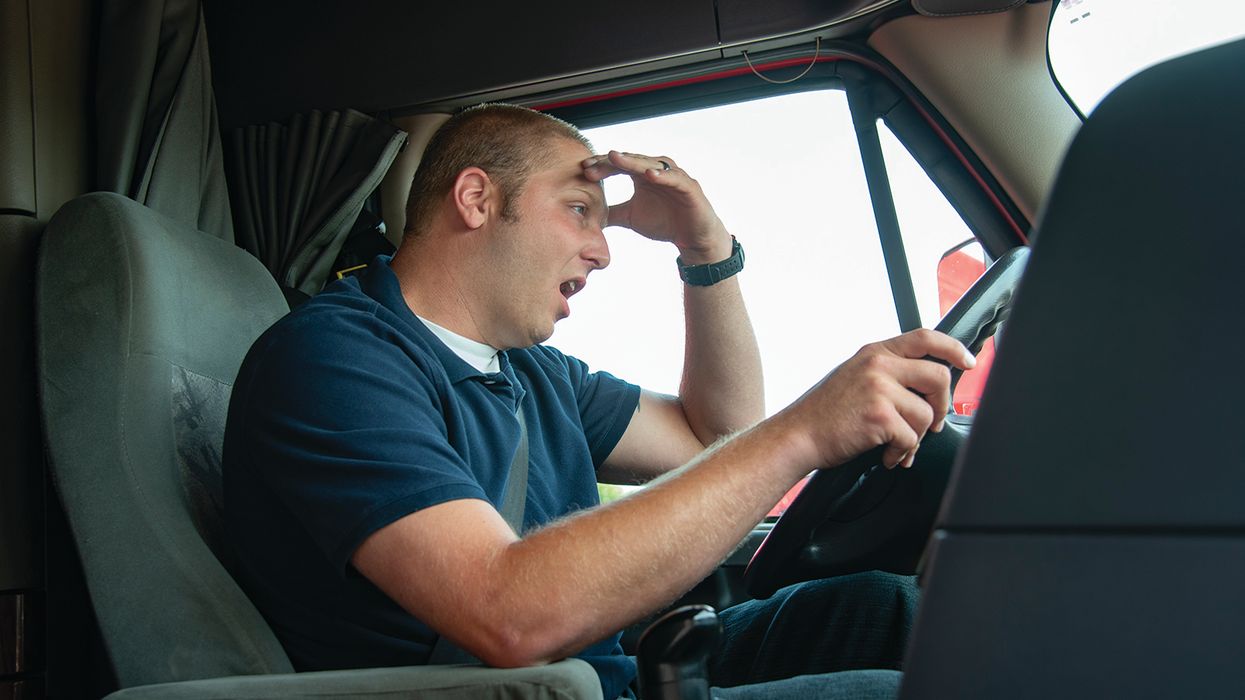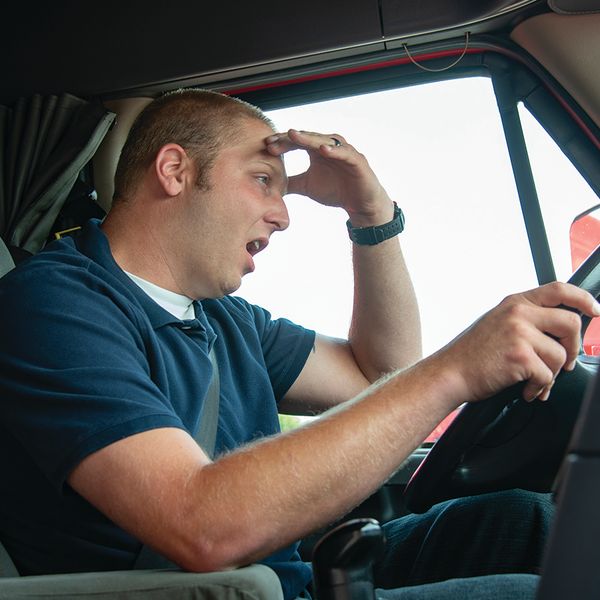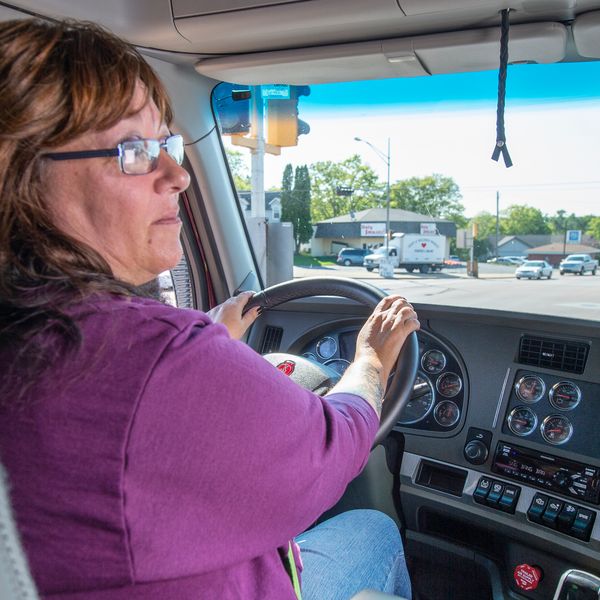Some ‘distractions’ can reduce drowsiness and improve safety
A new study of driver distraction confirms that safety improves when drivers heed the old saying, “Keep your eyes on the road and your hands on the wheel.”
Researchers studied real-world distraction data from 245 truck and bus drivers over 3.8 million miles of driving. They found that the key to safety is avoiding use of your eyes or hands to perform secondary activities.
Dancin’ in the seats
In general, drivers were able to reduce drowsiness and improve their safety by engaging in mental or physical activities while keeping their hands on the wheel. This includes talking on a hands-free device, chatting with a passenger, singing along to the radio, or even “moving along to the music.”
Tasks that were more likely to lead to a safety-critical event — a crash, near-crash, or lane deviation — involved diverting drivers’ eyes and/or hands. This includes reaching for something, texting or browsing the internet, interacting with electronic dispatching devices, and adjusting mirrors.
It’s all in the odds
Researchers calculated an “odds ratio” for a variety of tasks. The odds ratio shows the odds of being involved in a safety-critical event while performing a secondary task versus while not performing that secondary task.
An odds ratio of less than one means the task tends to improve safety by reducing drowsiness and fatigue, while a ratio of greater than one means the task makes a crash or lane deviation more likely.
Not surprisingly, the study also found:
- The longer a driver’s eyes were off the forward roadway, the greater the risk, with a significant increase once the driver’s eyes were off the road for more than two seconds.
- Time of day affects safety, with fatigue (and risk) being highest from 1 a.m. to 6 a.m.
- Longer hours mean more risk. By the eighth hour of the day, the risk of a safety-critical event is three times higher than in the first hour.
| Secondary tasks that make a truck driver more or less likely to be involved in a safety-critical event | |
| Task | Odds Ratio |
| Simulated “dancing” in driver’s seat | 0.4 |
| Talking or singing | 0.6 |
| Personal grooming | 0.84 |
| Drinking from a container | 0.87 |
| Having a passenger | 0.9 |
| Other personal hygiene | 0.9 |
| Adjusting the instrument panel | 0.97 |
| Eating | 1.11 |
| External distraction | 1.21 |
| Using an electronic dispatching device | 1.44 |
| Reaching for food or a drink | 1.67 |
| Using other electronic devices | 2.87 |
| Removing or adjusting clothing | 3.01 |
| Reading | 3.27 |
| Adjusting or monitoring other devices integral to vehicle | 3.31 |
| Reaching for an object | 4.57 |
Put the data to use
Preventing distraction is a constant battle for all drivers. This study should provide reassurance that some activities that might seem distracting — such as moving to the music or chatting with others — are actually helpful for staying alert.
On the other hand, remind your drivers that risk increases the more they take their hands off the wheel or eyes off the road. If possible, drivers should take the time to stop before eating, sending texts, reaching for objects, or engaging in other risky behaviors.
The study from the Virginia Tech Transportation Institute is titled, “Analysis of Naturalistic Driving Data to Assess Distraction and Drowsiness in Drivers of Commercial Motor Vehicles.”
Key to remember
A new study weighs the risks of a variety of activities that drivers engage in behind the wheel. In general, the more an activity involves the hands or eyes, the riskier it is.

















































